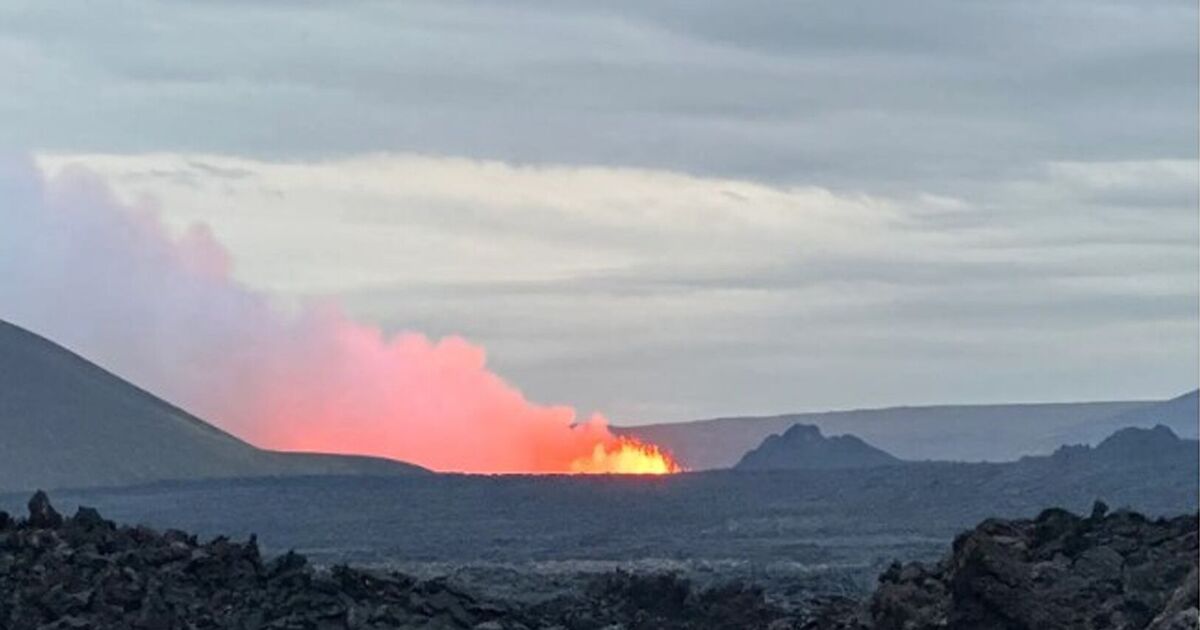
The Sundhnukur volcano, located on Iceland’s Reykjanes Peninsula, has erupted multiple times since December, marking a dramatic reawakening after centuries of dormancy.
These eruptions are part of a new volcanic cycle in the region, driven by magma accumulating beneath the Earth’s surface and breaking through weakened crust.
Unlike explosive eruptions seen elsewhere, Sundhnukur typically produces fast-moving lava flows that can damage infrastructure but pose less threat from ash.
The nearby town of Grindavík has been repeatedly evacuated due to the lava’s path, and defences have been built to protect key sites like the Svartsengi power plant. Scientists believe this pattern of frequent eruptions could continue for years, reshaping both the landscape and how people live in the area.







